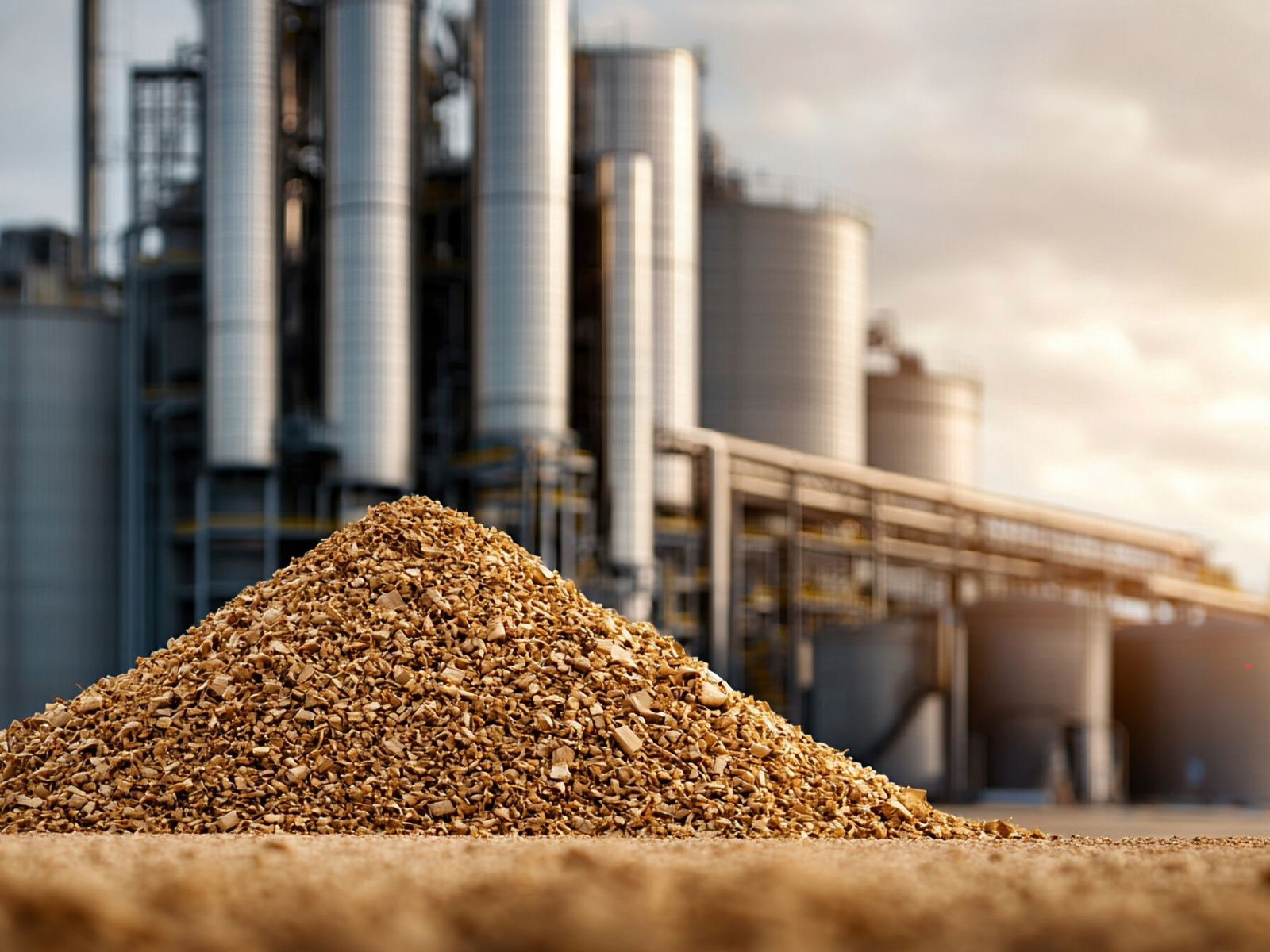Biomass and biogas are growing in popularity – if you’ll excuse the pun – in today’s ever more focussed ‘green society’. So what is the difference between biomass and biogas?
To understand the difference between biomass and biogas, first, you must understand biofuels. Both biomass and biogas are what’s known as biofuels. Put simply, a biofuel is a fuel that has been derived from living matter – it could come from wood, manure or even algae.
Biofuels are considered to be carbon neutral because the Co2 produced when burning the fuel has already been extracted from the environment during the organism’s lifecycle. For instance, tree’s take Co2 from the environment and, through the process of photosynthesis, use it (and other nutrients) to grow and expels oxygen as a by-product. When the tree is burnt, this Co2 is released back into the environment in exchange for oxygen to fuel the fire. Due to this process, there has been no net-gain in atmospheric Co2.
Biomass and biogas are both forms of carbon-neutral biofuel, simply in different forms.
Biomass
Biomass is typically a ‘primary’ form of biofuel. Essentially created by taking organic matter and burning it for energy, it’s a simple yet effective way of producing energy. For as long as humans have been burning wood to heat their food and homes, they have been using biomass fuel.
For instance, the biomass fuels we produce at Eco come from wood cuttings created by local foresters, tree surgeons and landscapers. Any wood that’s too large to become compost anytime soon, is turned into biomass fuel to create power.
Biomass can come as a waste product, like ours, or it can be grown with the specific purpose of becoming biomass fuel. Crops such as sugarcane and corn starch can be grown with the intention of the fermenting its sugars to produce bioethanol, an alcohol fuel which can be used directly or as an additive to fossil fuels.
Biogas
Biogas is derived from organic, living matter just as biomass is. However, usually, it’s harvested by processing in such a way which encourages microorganisms to digest the organic material in a process that produces gas as a result.
This process is what’s known as anaerobic digestion and the complete process of how this produces gas can be found in our previous blog, here.
The anaerobic digestion process occurs naturally with waste at landfill due to the lack of oxygen able to access the compacted underground waste. This digestion process produces primarily methane and carbon dioxide. Methane is said to be up to 30 times more damaging as a greenhouse gas than Co2.
With biogas, instead of allowing this harmful methane to escape into the atmosphere and contribute to the greenhouse effect, we harness it in our anaerobic digestion facility. We then take the methane produced and burn it to produce heat, electricity and carbon dioxide, a gas a fraction as harmful to the environment.
